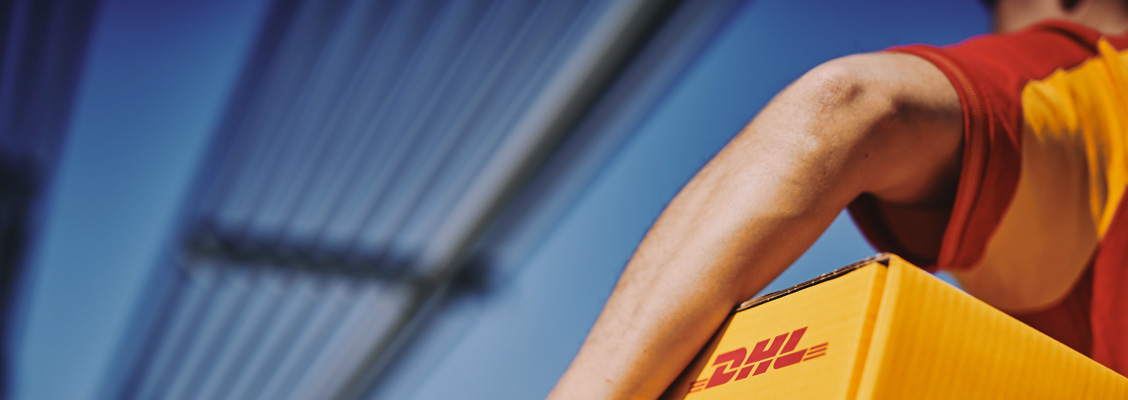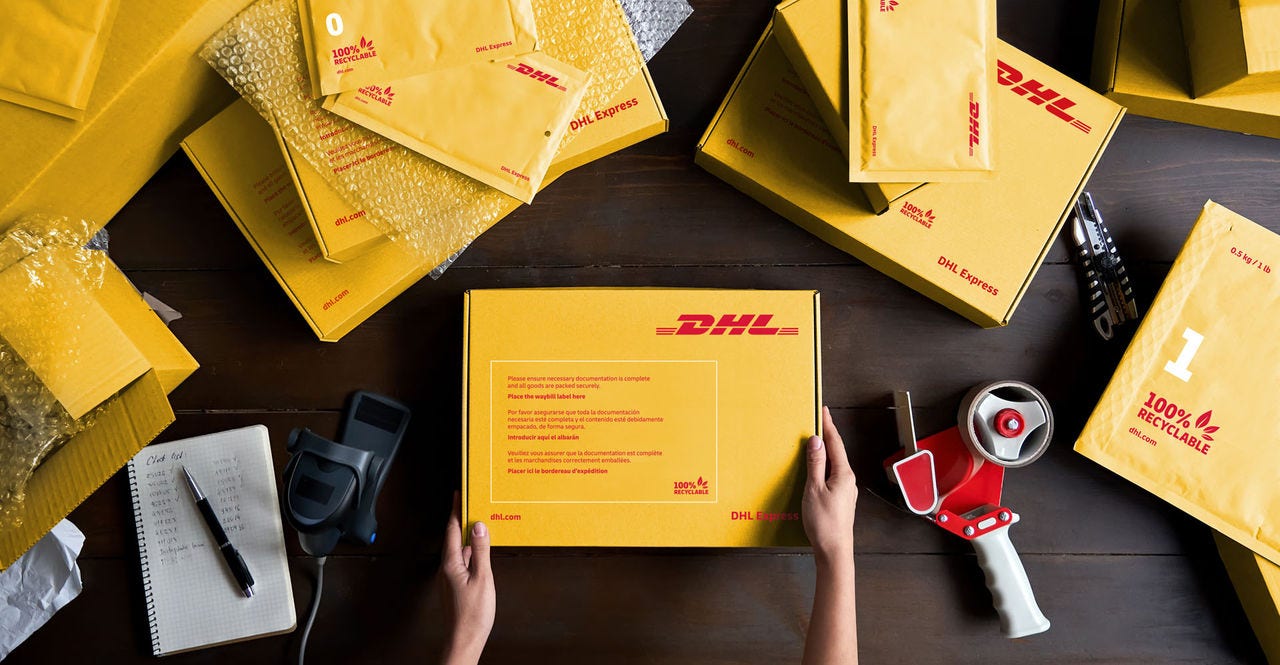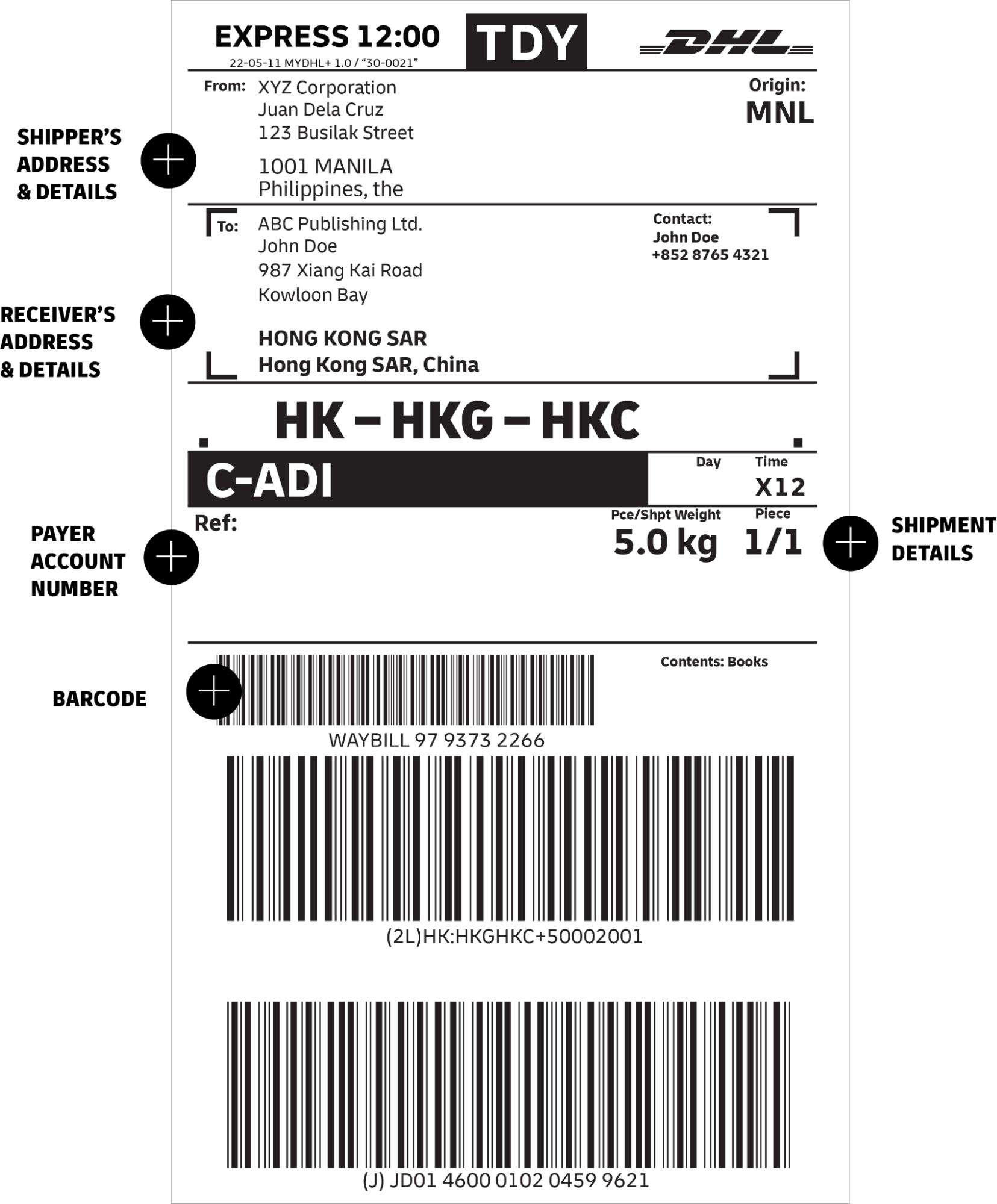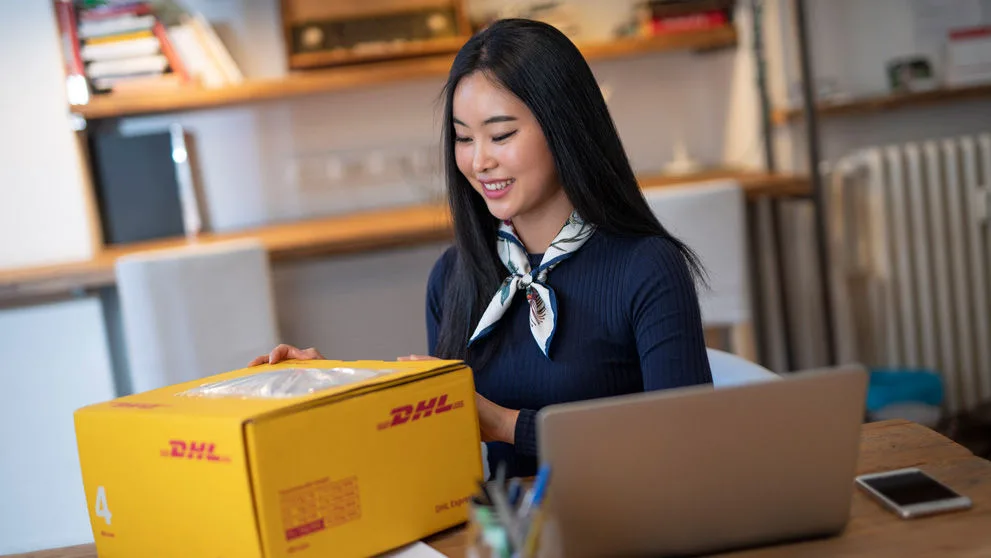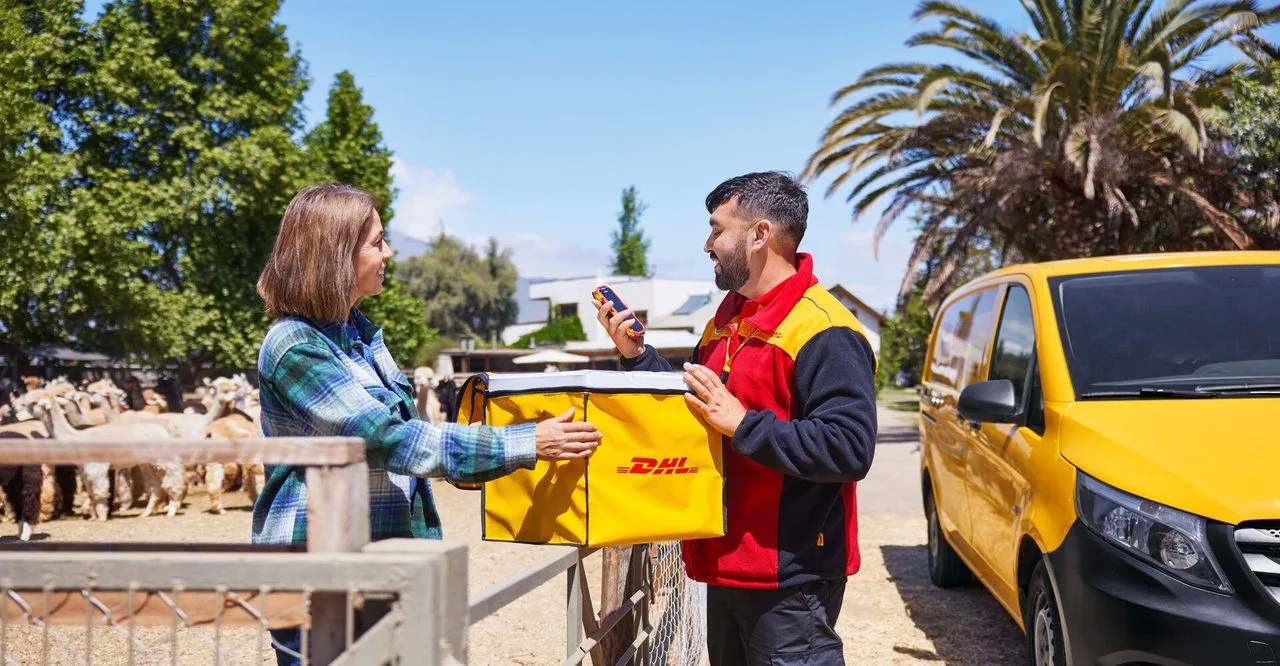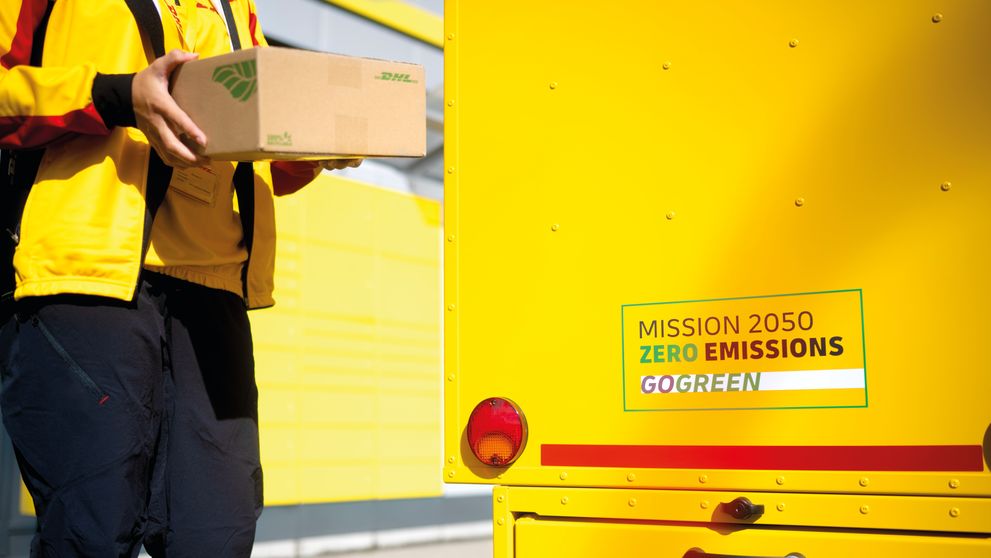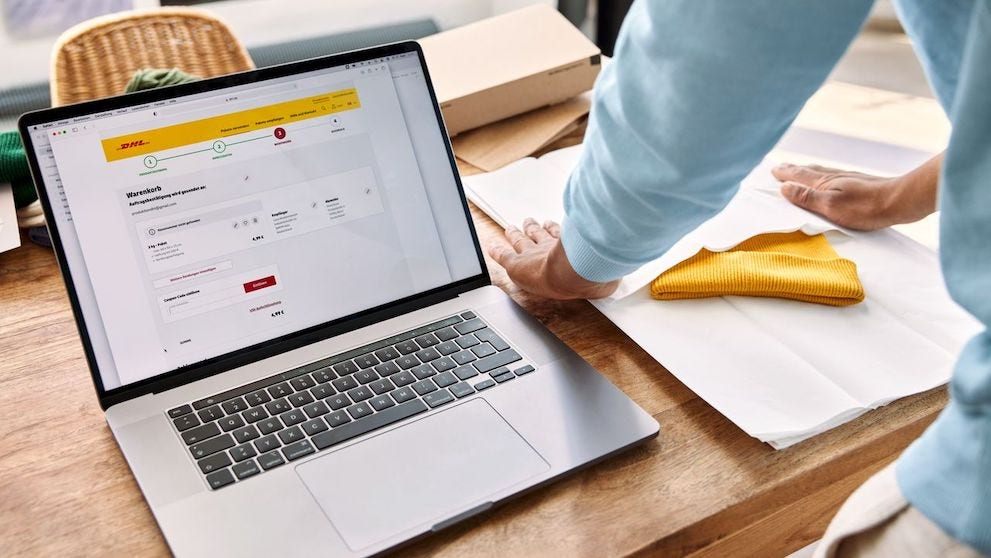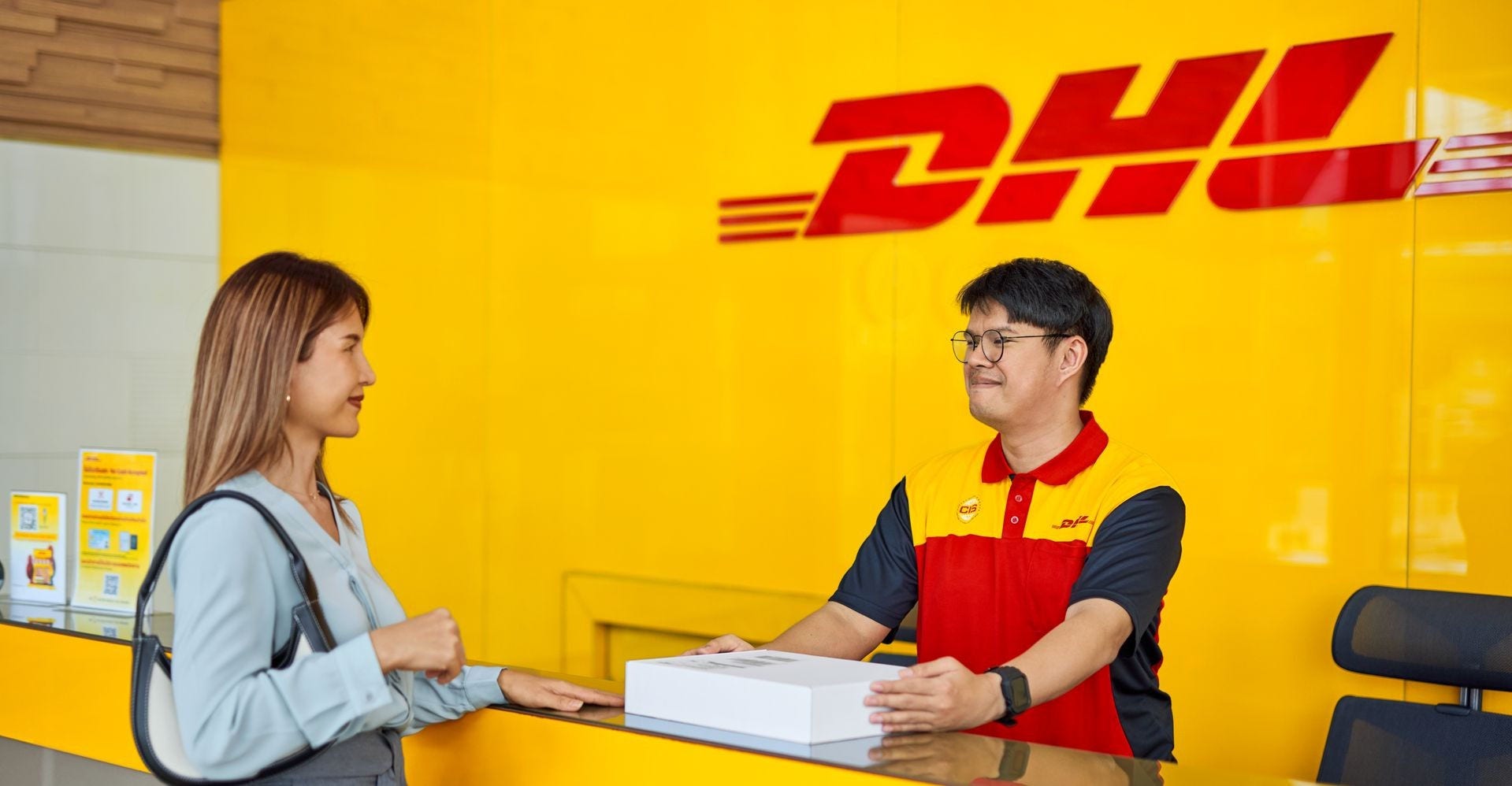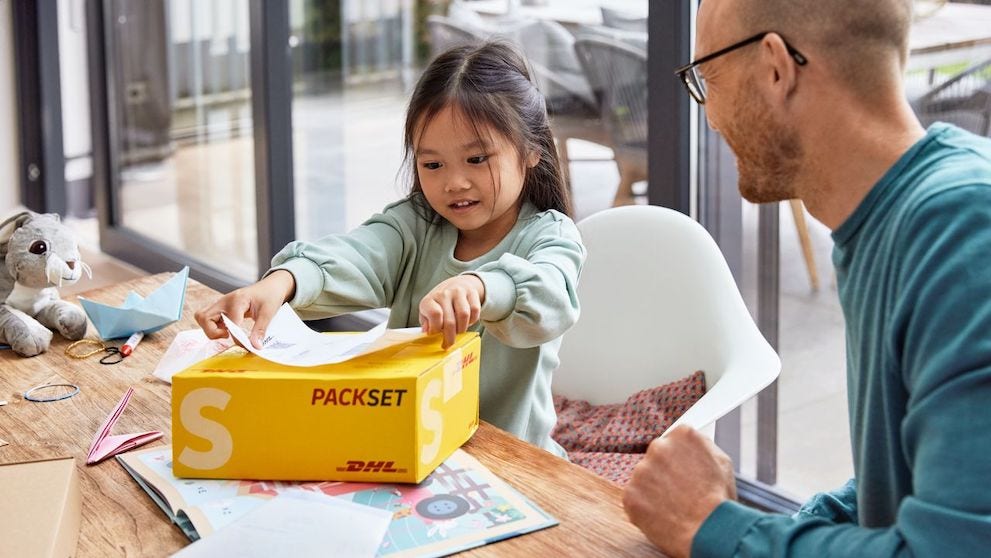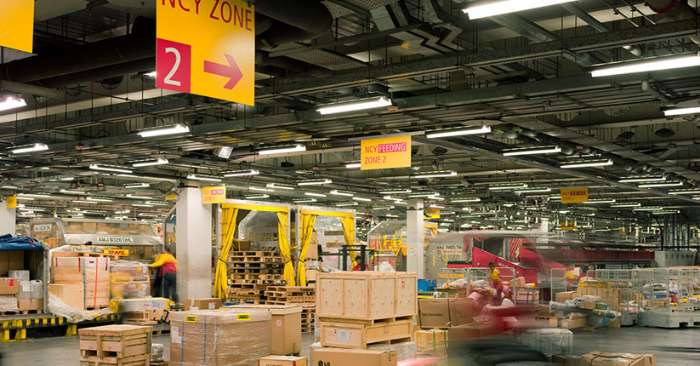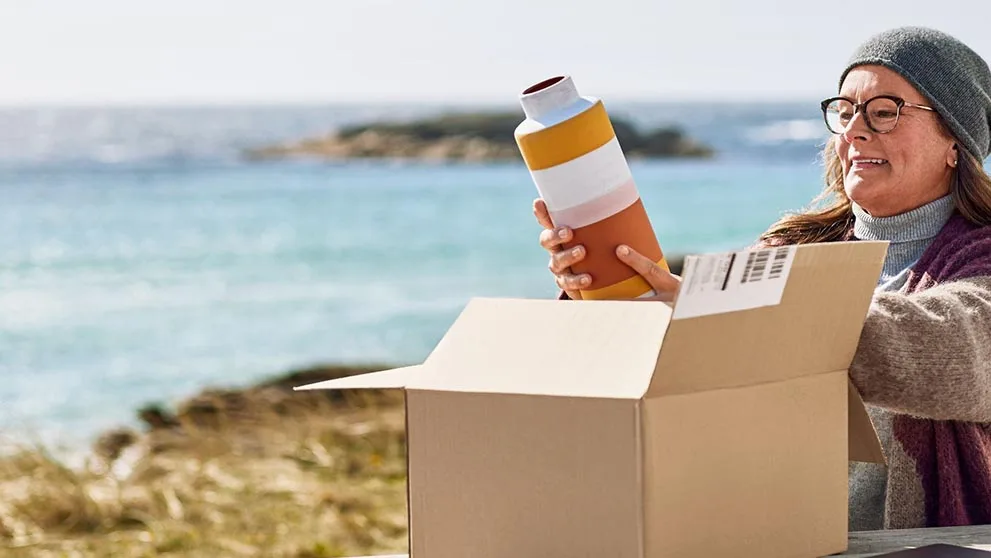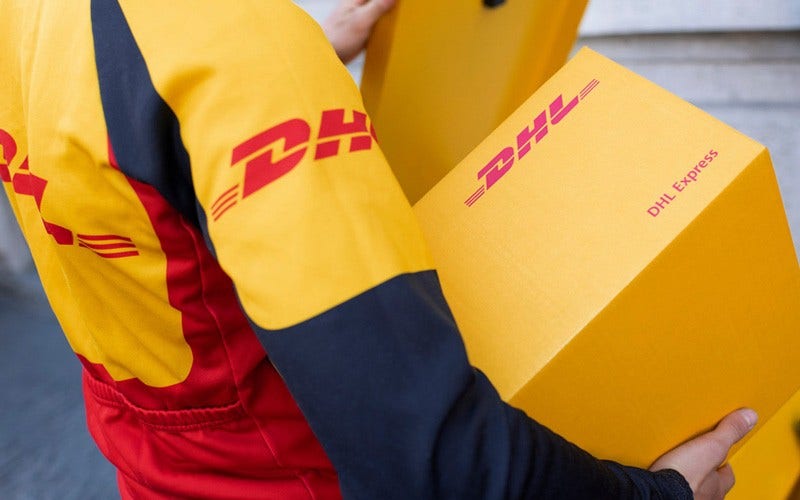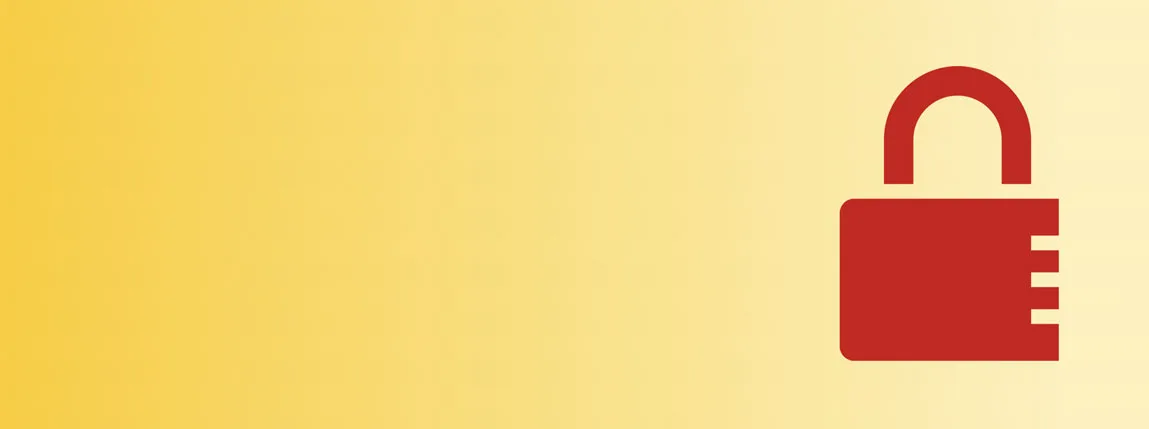Effective shipment preparation is the first step in ensuring your goods embark on a seamless international journey. This initial phase sets the stage for smooth customs clearance and fast delivery, directly impacting your customer's experience and your business's efficiency.
Shipment weight
Every parcel must be weighed using a reliable scale to ascertain its actual weight. However, it's crucial to understand DHL Express' chargeable weight policy, which dictates that the cost of your shipping service is based on either the actual weight or the volumetric (dimensional) weight, whichever is greater.
For shipments that are large but comparatively lightweight, volumetric weight often becomes the deciding factor. To calculate this, simply multiply the length by height by width in centimeters, then divide the total sum by 5,000 for each piece in the shipment. This ensures fairness and accounts for the space your consignment occupies within the aircraft, a standard International Air Transport Association (IATA) method.
To get precise estimates and plan your budget effectively when preparing for shipment, you can utilize the volumetric weight calculator available on our website. Also, any piece in the shipment may be re-weighed and/or re-measured by DHL Express to confirm this calculation.
Prepare your waybill
Your waybill is arguably the most important piece of document when you are shipping internationally. It contains all the instructions and information about the contents and characteristics of your shipment that is necessary for transportation and tracking. But more importantly, your DHL waybill is the document that proves the ownership of the shipment, based on the details of the sender and recipient.
Generating your waybill is a straightforward process using MyDHL+, our intuitive online tool where you simply input your shipment and recipient details to issue your ready-to-use waybill. And properly furnishing the correct details and following the instructed format to your waybill can play a big part in facilitating a smooth journey for your shipment.
Below we will discuss the various fields of the DHL waybill, and how you can go about creating one in a few minutes!
The waybill is usually attached to the exterior of the shipment for anyone handling the shipment to easily access important details.
A look at a DHL Express waybill example:
Shipper details & details
Receiver’s address & details
Payer account number
Shipment details
Barcode
